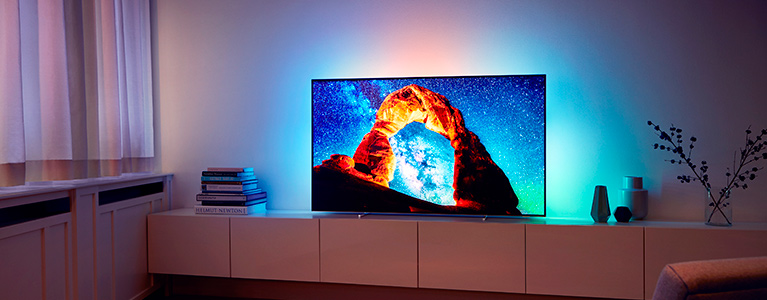Article: What TV set do I buy?
![]() Throughout my life as a cinephile and movie critic, I have always been plagued by two extremely difficult questions to answer: 1) What is the good movie from the moment? and 2) What TV do I buy? The difficulty of the first question has to do with the taste of each person, and what is good for me can be very bad for the other. It is necessary to have a prior knowledge about the one who asks, to be able to indicate a movie that can please him.
Throughout my life as a cinephile and movie critic, I have always been plagued by two extremely difficult questions to answer: 1) What is the good movie from the moment? and 2) What TV do I buy? The difficulty of the first question has to do with the taste of each person, and what is good for me can be very bad for the other. It is necessary to have a prior knowledge about the one who asks, to be able to indicate a movie that can please him.
The second question involves an even more complicated universe. If in the time of tube TVs there was already a big difference between a more famous and a more popular brand, imagine today, with different technologies, resolutions, sizes and resources that seem the science fiction movies of my childhood.
The first question I ask to the candidate to a new TV is: what does he want the device for? Often people spend a small fortune to buy a high-tech product and use it only to watch soap opera and football. Of course, any person has the right to want to see his soap opera and football with the best image and sound possible, but this comes up against another obstacle: the source that generates the program.
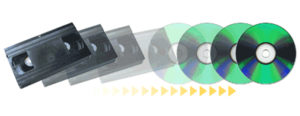 At the time of tube TV, the resolution was low and poor broadcasting did not help. The arrival of the VCR made it possible to watch movies with better picture and sound than the broadcasters, but neither favored a larger screen.
At the time of tube TV, the resolution was low and poor broadcasting did not help. The arrival of the VCR made it possible to watch movies with better picture and sound than the broadcasters, but neither favored a larger screen.
The advent of the DVD brought an impressive technological leap, allowing a clean image, multichannel sound, different types of subtitles and audio tracks, and it was perfect on the plasma TV sets that were just beginning to hit the market. The resolution of the DVD was 480 horizontal lines. The first plasma TVs on the market were classified as ED, and they match that resolution of the DVD.
Later, with the arrival of LCD TVs, the resolutions improved, but there was a difference of image between plasma and LCD that turned a matter of honor, mainly for the cinephiles. Plasma, for having more natural black tones, was considered as an image closer to the theater screens.
Over time, plasma stagnated while the LCD evolved into LED technology, which allowed for better resolutions and a deeper black. This better image resolution offer arrived along with the Blu-Ray disc, which allowed images of 1920 horizontal lines, called Full HD.
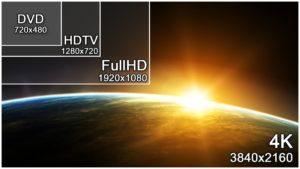 The arrival of Blu-Ray was hampered by a fratricidal struggle with another format, the HD-DVD. This clash disturbed the transition from DVD to the highest-resolution disc, which was hit by the increase of streaming offers in Netflix-like services.
The arrival of Blu-Ray was hampered by a fratricidal struggle with another format, the HD-DVD. This clash disturbed the transition from DVD to the highest-resolution disc, which was hit by the increase of streaming offers in Netflix-like services.
Meanwhile, the research and development of televisions continued, and soon came to the market the devices with 4K resolution or Ultra HD. These devices can play an image with 3840 x 2160 pixels, which means to be four times the Full HD resolution.
At this point, the reader must already be imagining that he should buy a 4K television and that’s all, folks! Well, the answer is yes and no. The 4K models that exist in the market are modern, have the updated features, and obviously the hardware as well. But, the question is: what is a 4K TV for, if there is no disk, broadcaster or streaming providing content at this resolution?
There are also two new technologies that are emerging in the market, OLED and QLED. The first refers to the use of organic diodes that dispense the backlight panel, which would be the closest to the image of the old plasma TVs. This technology is already used in mobile phone screens.
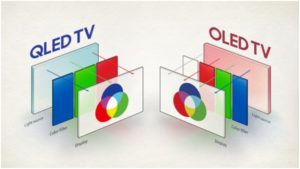 The QLED technology, developed by Samsung, is based on quantum dots, tiny crystals that can absorb or emit frequencies of light to create the image on the screen. The two technologies are recent, allow wonderful images, but still imply in absurdly high prices, compared to other options of the market. My advice is: wait for the two technologies to mature, with a greater supply of products and the consequent reduction of prices.
The QLED technology, developed by Samsung, is based on quantum dots, tiny crystals that can absorb or emit frequencies of light to create the image on the screen. The two technologies are recent, allow wonderful images, but still imply in absurdly high prices, compared to other options of the market. My advice is: wait for the two technologies to mature, with a greater supply of products and the consequent reduction of prices.
Speaking about that, the choice ends up being defined by the price. Unlike the rest of the world, in the Brazilian market we find technologically lagged products being sold with launch prices. So we do need to do a lot of research.
Another dificulty is the profusion of sizes, models and brands that flood the market. The consumer must also understand that renowned brands usually use better components than the more popular ones.
So, in first place, is necessary to define the purpose of the new TV: soap opera, movies, soccer, shows, etc.. Second step: estimate the maximum amount you want to pay for the new device. Third step: choose the desired screen size. With all those definitions. the options field is reduced, and so the stress either.
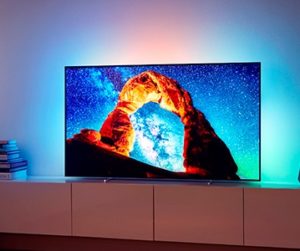 Nowadays the internet provides all possible information on any subject, just knowing how to search. You can see the features of a TV, qualities and even problems that have occurred with other consumers.
Nowadays the internet provides all possible information on any subject, just knowing how to search. You can see the features of a TV, qualities and even problems that have occurred with other consumers.
After this research, the choices will be very restricted, and then the final test is to visit the stores and know the desired model on the spot. If possible, take some disk or flashdrive with a video in the resolution you want. With that procedure it is possible to delve into the actual experience before shelling out a considerable amount of money without getting dissatisfied over the life of the new equipment.

